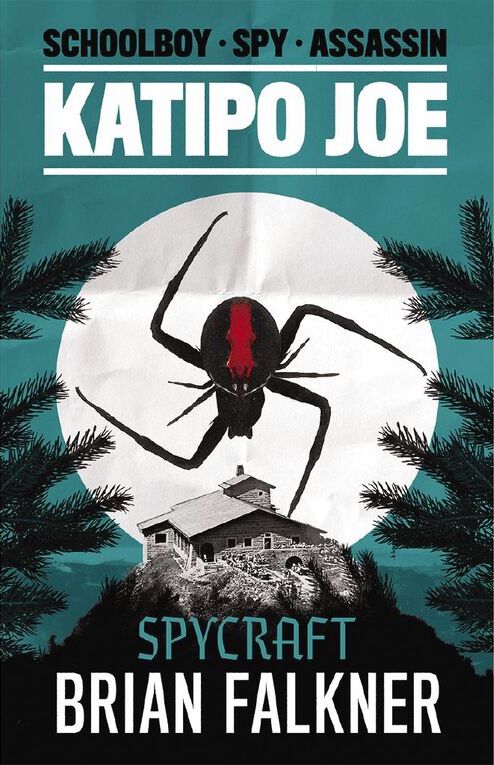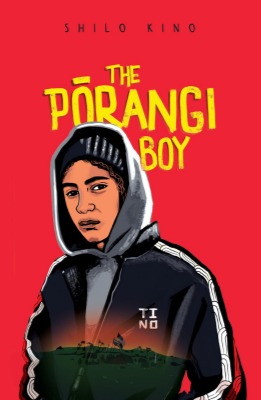There are some cracking YA reads in the NZCYA finalists this year; there’s realness, drama, history, fantasy and just some downright good storytelling. We love hearing about the process, characters and inspiration, so we have asked our finalists some probing questions!
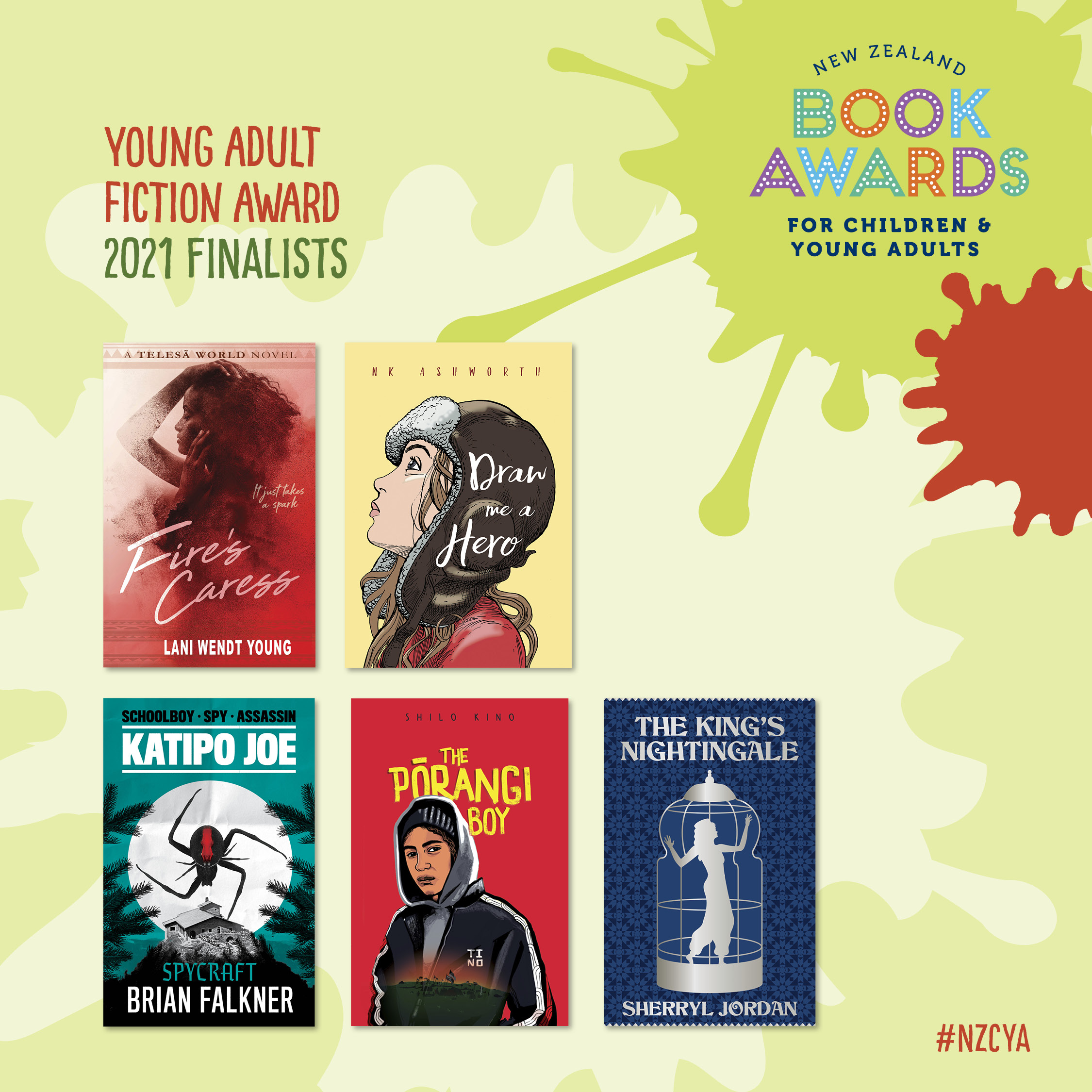
Lani Wendt Young (Fire’s Caress)
What led you to write this story/What was the inspiration behind this book?
So many things! Archaeology students from the National University of Samoa have been doing extensive research on historical sites, mapping the remains of vast settlements, complex cities and more. I’m fascinated by their work, wondering about the people who once lived there and built these structures, who perhaps could still live there, occupying an alternate timeline…still walking among us, but as Aitu? That was the inspiration for writing about Saumaeafe and her community. (And they really need their own book. One day!) They provide the magical realism background for Teuila and Keahi’s contemporary romance – because I do love a good love story.
What excites you the most about writing for this audience?
Usually when I write, I write first for brown women, young and old, women from Oceania wherever they may be in the world. I write for the teenager I used to be, growing up in Samoa, hungry for stories. I write for my daughters growing up in both Samoa and New Zealand, navigating multiple cultures and identities. But in Fire’s Caress, I’m also writing for our young men who are so often either left out of the literary narrative, or else they are condemned to forever be the criminal, or the tough (and silent) rugby player. Keahi is a Hollywood movie star who has worked hard for his success, but he carries the scars of unresolved childhood trauma. This book is very much about his journey to work through that. I want our young men to know it’s okay to be vulnerable and that while seeking help for our mental health can be hard, it’s a courageous thing to do and so worthwhile.
Usually when I write, I write first for brown women, young and old, women from Oceania wherever they may be in the world. I write for the teenager I used to be, growing up in Samoa, hungry for stories.
Who was your favourite character and why? Were there any surprises with the characters?
The ‘villain’ Marc Gold is the character that I had the most fun creating. It’s my first time to write a male antagonist, and he had to be both attractive AND dangerous/evil at the same time. He is cursed by an Aitu as punishment for his desecration of their sacred land and we see him grow in power as he gives in to his hunger, feeding on all forms of life, wanting to possess and control all that he sees, but in so doing, he destroys. It’s vampiric in many ways. I’m intrigued by the predatory similarities to colonization and the exploitation of earth’s resources, themes explored in the book.
What are three words you would use to describe your book to someone who hadn’t read it?
Fiery, feminist, fantasy.
Your book is clearly a winner, but when you were writing it, were there any moments of success, or lightbulb moments when it all fell into place for you?
It had a very different ending when I first drafted it. A more conventional romantic happy ending. But then I got my daughters’ feedback on the story and they were horrified. ‘Stalking is not romantic Mum!’ I was lectured intensely by three very intelligent and articulate young feminists who gave me strong ‘suggestions’ about what I should change in the story. It’s still a happy ending, but a different kind. I’m glad I listened to them because it’s a much better book now. It’s a story I’m proud of – and one that has my daughters’ approval.
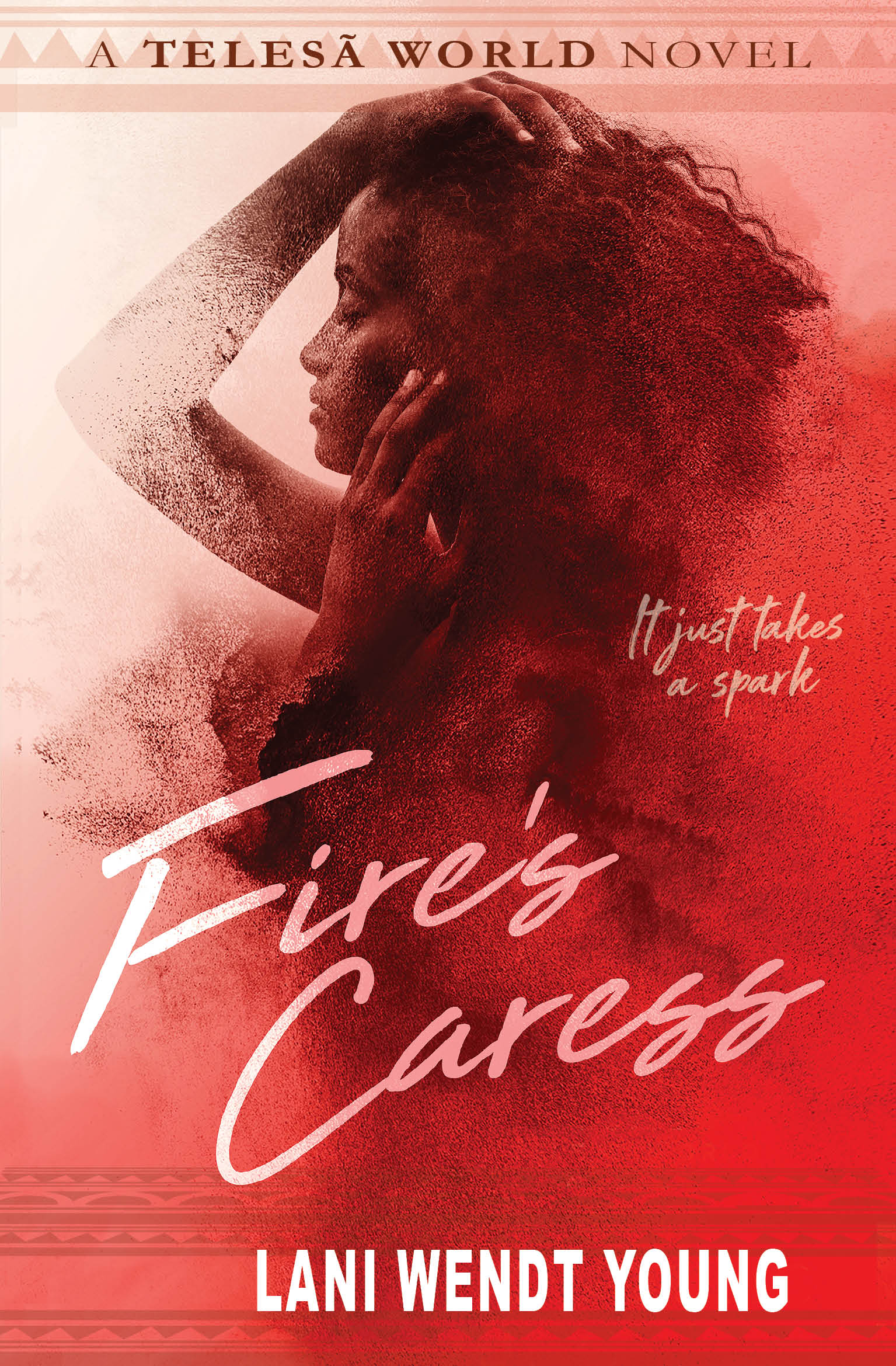
Sherryl Jordan (The King’s Nightingale)
What led you to write this story/What was the inspiration behind this book?
The story was inspired by an earlier book, The Freedom Merchants, written over 8 years ago, which was also about the white slave trade. During the research for the earlier book, I read about enslaved women who, when the opportunity finally came for freedom and the return home, chose to remain in captivity. I was intrigued by the emotional turmoil they must have gone through, and their courage. I also discovered Mehmed 2nd, Sultan of the mighty Ottoman Empire in the 15th Century, whose slaves – gifted singers, artists, architects and other experts – were privileged and honoured in the palace. I knew my enslaved young woman would be one of them. So Elowen’s story was born. However, it stayed in my head and heart for several years before the time came for it to be written. Although the story is based in history, I set it in a mythical Ottoman Empire. This gave me the freedom to write as I wanted to, without the restrictions of historical events and customs.
What excites you the most about writing for this audience?
I write, above all, for myself. I love writing about the moment when a young adult becomes an adult – that moment when the hard decision is made, the challenge is taken up, the fear is faced, the task begun, and destiny is embraced. It’s the magic moment when a child becomes an adult, and it’s that moment, I suppose, that happens to make my books right for the Young Adult market. I happen to write of young people struggling to find their place in a world they did not make. That’s what excites me – the inner journey of the book person, and their empowerment and transformation. I never think of the “audience” when I write.
Who was your favourite character and why? Were there any surprises with the characters?
My favourite character in any book is always the main character. Elowen was especially important to me, because, although I didn’t know it at the time, I was ill with cancer when I wrote her story. Most of the time I was unable to leave home, so I had what I had always wanted – a hermit’s life. Every day I wrote, living in Elowen’s world in my head, and she became a strength and inspiration to me. This was the only book I have ever written where there were no surprises from the characters. For many years I had seen the main events of the book like a movie in my imagination, and knew exactly what was going to happen. It was a tight plot, and the characters kept to it. The story unfolded almost as if I were taking dictation. I knew the last line before I wrote the first word. However, what did surprise me was the setting, the astonishing beauty of the Ottoman Empire and the glories of the king’s palace. The world Elowen was taken to amazed me as much as it did her. The palace made a wondrous change after Medieval thatched cottages!
Every day I wrote, living in Elowen’s world in my head, and she became a strength and inspiration to me.
What are three words you would use to describe your book to someone who hadn’t read it?
Hope. Courage. Relinquishment.
Your book is clearly a winner, but when you were writing it, were there any moments of success, or lightbulb moments when it all fell into place for you?
From the first line, this book fell into place. As I said, I had held the story in my head for many years, and it took exactly four months to write. Perhaps because I was house-bound and could wholly immerse myself in that other world, this was the most joyful book I have ever written. Though it had its hard, painful moments, I loved living in that other world with Elowen. She was wonderful to journey with, a gift and an inspiration given to me when I most needed her. Writing Elowen’s story, sharing her journey, was the happiest time in my life.
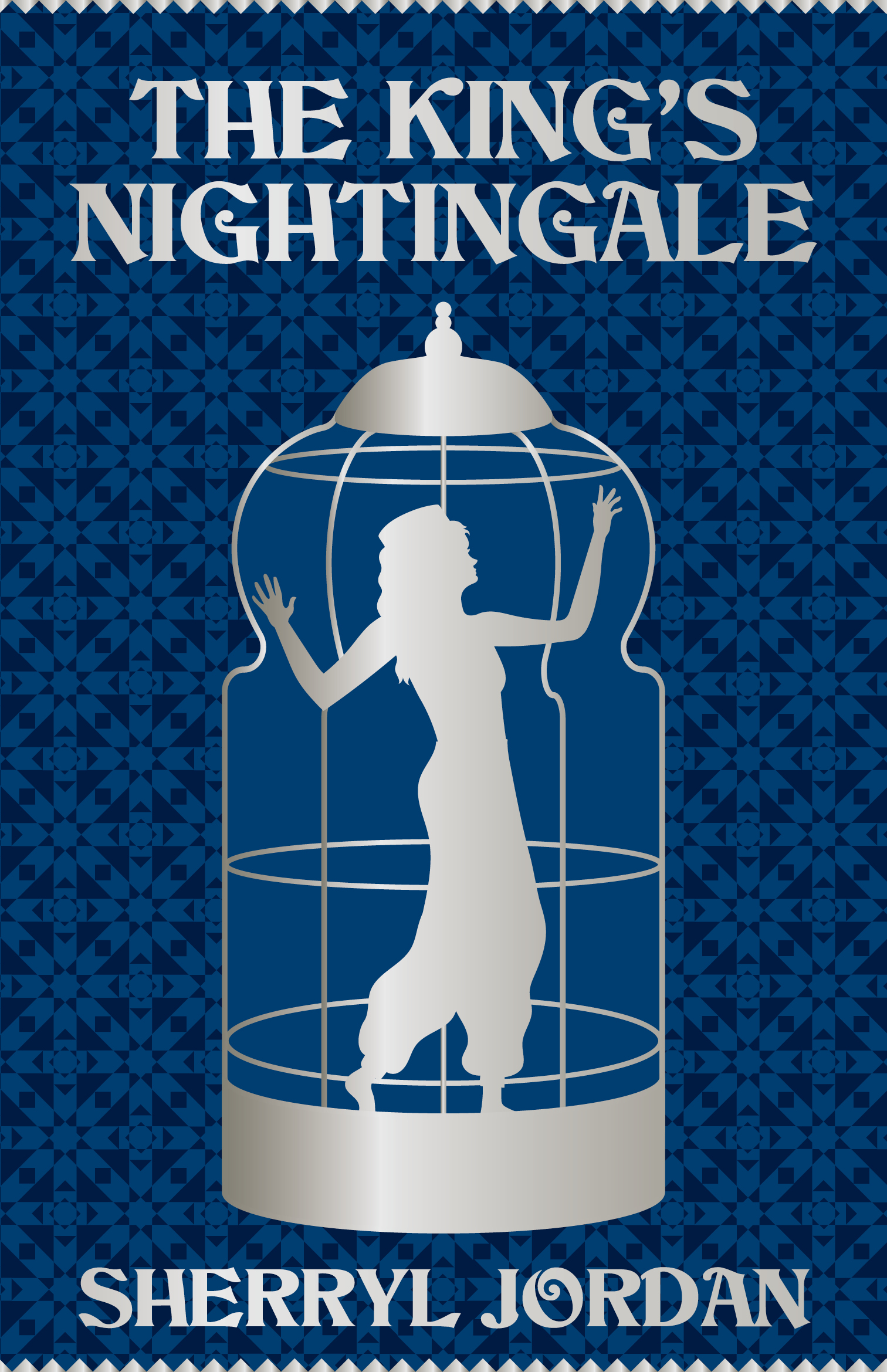
N.K Ashworth (Draw Me a Hero)
What led you to write this story/What was the inspiration behind this book?
‘Proton’ was the initial inspiration behind Draw Me a Hero. When I was a child I used to make
up stories in my head to escape being teased at school. I had a stutter and was unable to say
my own name. I created a superhero who I called Proton. He was the ‘long lost son of the Lord Protector’ and he became a favourite character who regularly appeared in my daydreams over the next few years. Proton grew up, just as I grew up, and in my stories no one knew his true name. Fast-forward many years and I finally incorporated this childhood fantasy character into a story about two teens in present-day New Zealand who decide to create a graphic novel.
What excites you the most about writing for this audience?
I am fascinated by the transition we call ‘coming-of-age’ – that time in all our lives so fraught
by change at every level, regardless of the decade we experience it in. As adults we tend to
fear and avoid change. Ironically, teenagers are forced to embrace it without always being
fully equipped to deal with all its angst. It excites me to think that a young adult today may
pick up one of my books, relate to the struggles of one of my characters and perhaps feel a
little less alone.
It excites me to think that a young adult today may pick up one of my books, relate to the struggles of one of my characters and perhaps feel a little less alone.
Who was your favourite character and why? Were there any surprises with the
characters?
The main character, Jane Dawson, is definitely my favourite. She is quirky, quick-witted and comes out with the sort of perfect retorts I wish I could think of in real life situations. However, I was very surprised when Jane’s mother gave internet dating a go, with somewhat varied success… those passages were certainly fun to write!
What are three words you would use to describe your book to someone who hadn’t
read it?
Funny, dark and tender.
Your book is clearly a winner, but when you were writing it, were there any moments of success, or lightbulb moments when it all fell into place for you?
Probably that moment I discovered there had once been an Auckland Pride Parade called
‘Gods and Monsters’. It fitted in perfectly with the underlying theme of my story and Bailey’s
actual age. It was a lightbulb moment; now I knew exactly how I would turn Bailey into a hero
and why he was so tortured.
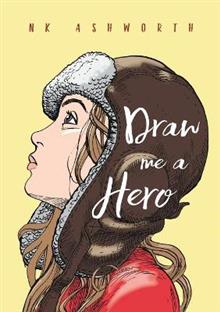
Brian Falkner (Katipo Joe: Spycraft)
What led you to write this story/What was the inspiration behind this book?
This book is actually the second in a series, so I will answer the question for the series. I wanted to write a story about a teenage spy that was grounded in reality. I was watching the movie ‘A Bridge Too Far’ about Operation Market Garden during the Second World War. It opens with a teenage boy spying on German troop deployments. That immediately connected with me as the kind of boy I would like to write about. A realistic character in the midst of real events, having to make terrible choices in very dangerous situations. Without the robo-backpacks, exploding candy and laser sharks that seem to be the rule in most teenage spy fiction. I wanted my character to be closer to George Smiley than James Bond. That is not to criticise stories with laser sharks etc, they are very popular and fun for kids to read. But I wanted to write something different to that. In the very early stages of writing I had the idea that the main character (Joe) would survive the war and eventually write his memoirs. That allowed me to show two different points of view from the same character. One from Joe as a young man, and another from Joe as an old man, reflecting on the things he did during the war (and not feeling very good about it).
What excites you the most about writing for this audience?
I love writing for kids of all ages. I think they have a sense of wonder, of possibility, that adults often lack. But the YA demographic is also coming of age, they are finding out who they are and who they want to be as an adult, so I try to write with that in mind. Joe is coming of age too, but having to grow up far too quickly in highly volatile times. I think YA readers can relate to that, and contrast it with their own experience. So from that point of view they are a more challenging, but also rewarding audience to write for.
Who was your favourite character and why? Were there any surprises with the characters?
My favourite character in ‘Spycraft’ would have to be Sofie. Perhaps the easiest way to explain this is to quote from Joe’s memoirs: “I was completely smitten with Sofie, although I am not sure I realised it at the time. There was something about her grace, her poise, her inner beauty. In the midst of all the horrors of the Nazi regime, Sofie was the purest soul I ever encountered. As for why she liked me, I have no idea. I think the nicest thing I ever did for her was not to kill her.”
Heike was a surprise. She is tall, statuesque and athletic, with an acerbic tongue but a soft inner core that expresses itself through poetry. The softer side of her was certainly a surprise to me when it revealed itself after a particularly harrowing incident. Not the fact that she recited a poem she had written, but the reason why she did it. I can’t explain that further in this short answer but it definitely took me by surprise.
What are three words you would use to describe your book to someone who hadn’t read it?
Schoolboy. Spy. Assassin. (They happen to also be the words above the title on the cover)
Your book is clearly a winner, but when you were writing it, were there any moments of success, or lightbulb moments when it all fell into place for you?
There were many. The great thing about writing historical fiction is the research. I have a broad outline of the story and then as I research, I find out so many things that just fit perfectly into my concept. I love that because it means I can intertwine fact and fiction, which lends credibility to the fictional aspects.
One example of this is the true life historical figure Johann Reichhart, an executioner, who slotted perfectly into the story exactly where I needed someone like that. If Reichhart hadn’t existed I would have had to invent him.
The great thing about writing historical fiction is the research. I have a broad outline of the story and then as I research, I find out so many things that just fit perfectly…One example of this is the true life historical figure Johann Reichhart…If Reichhart hadn’t existed I would have had to invent him.
